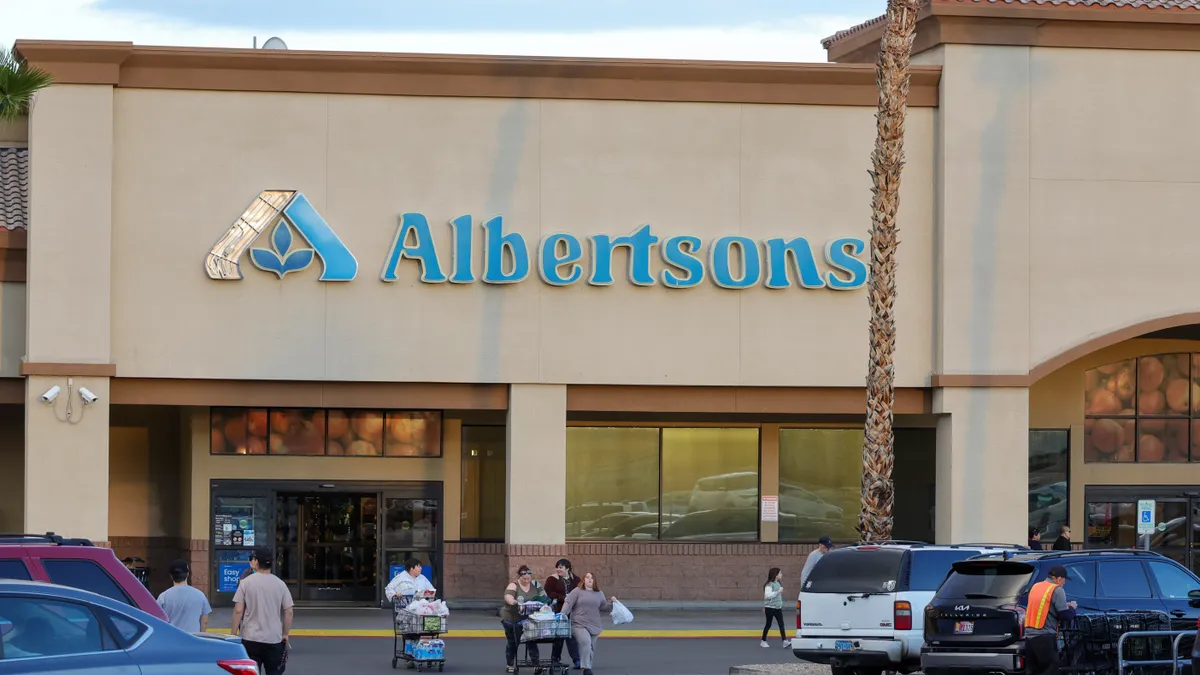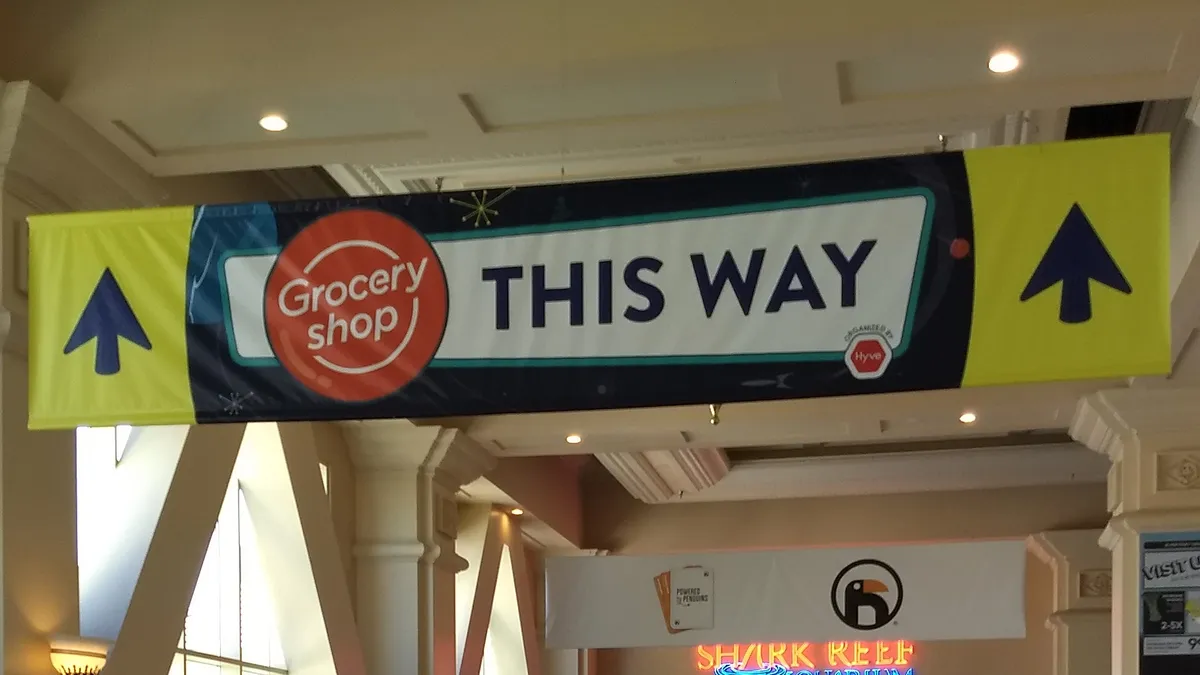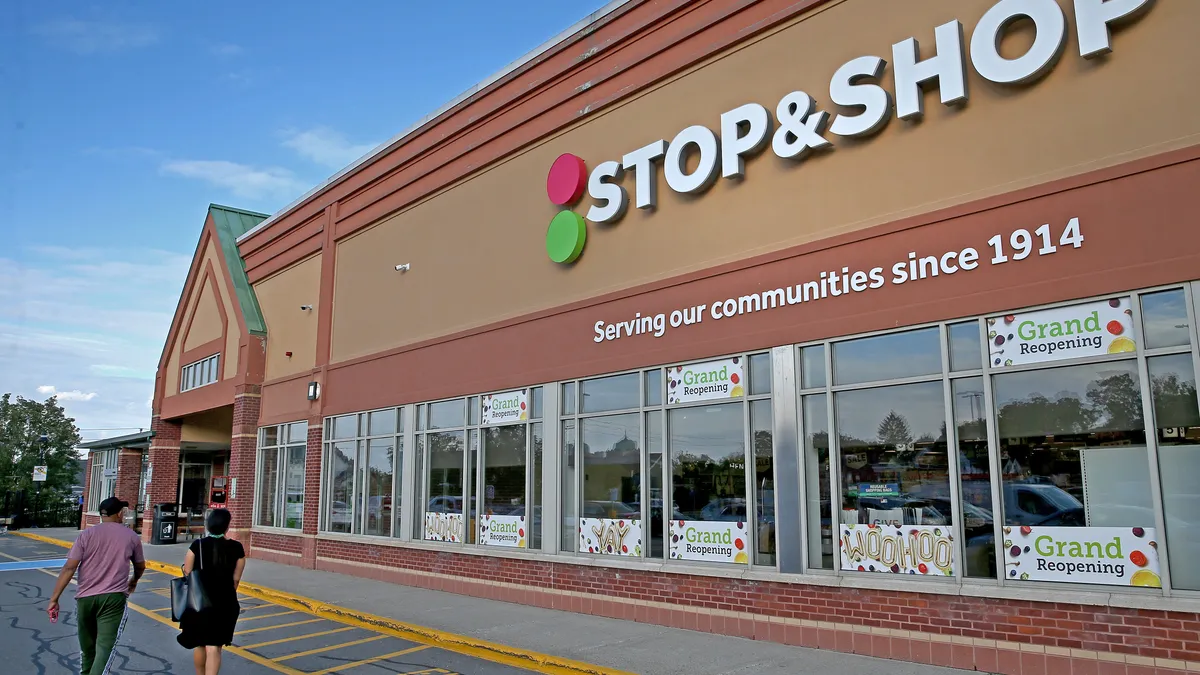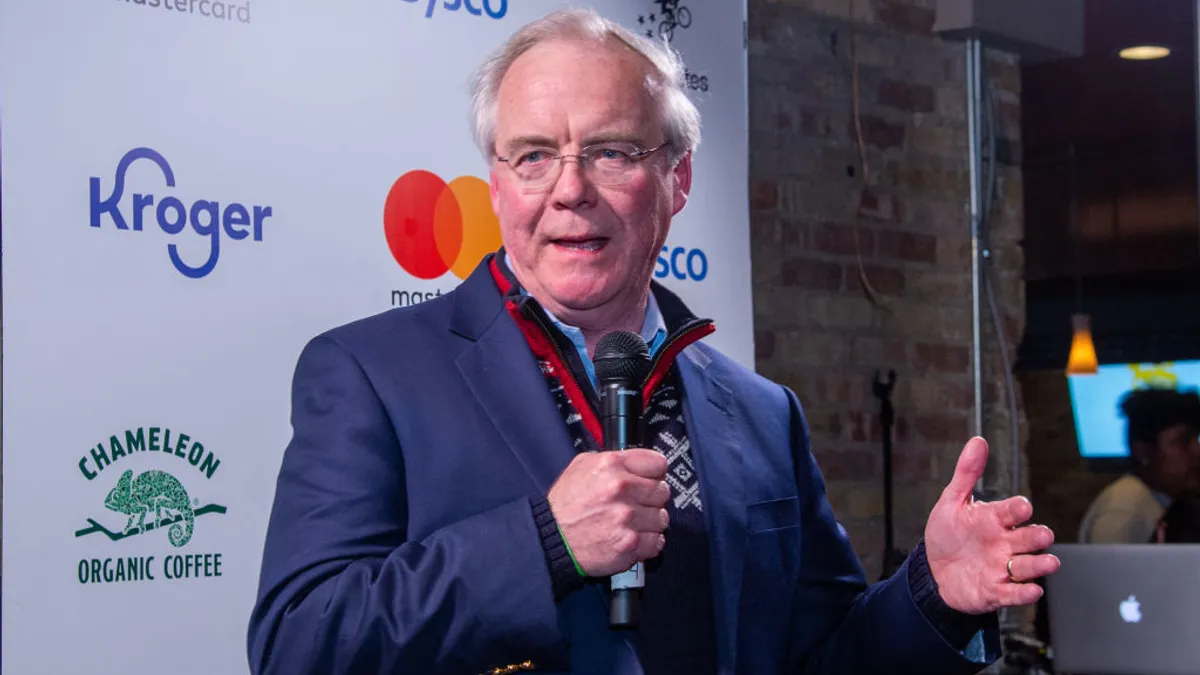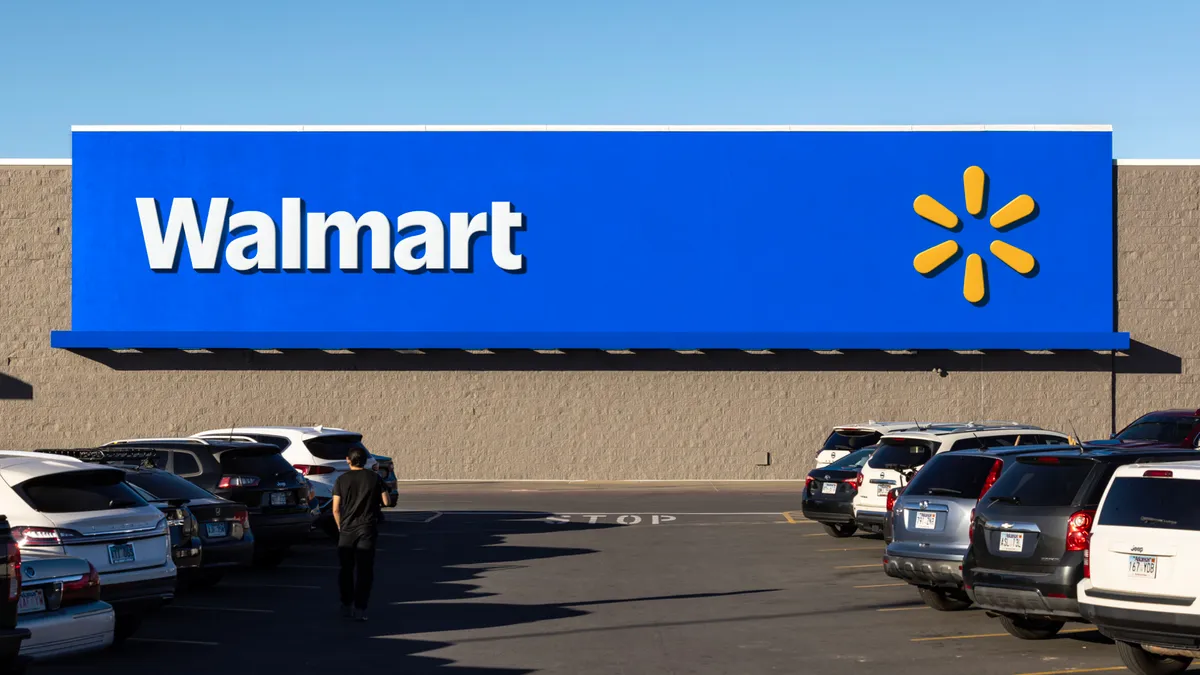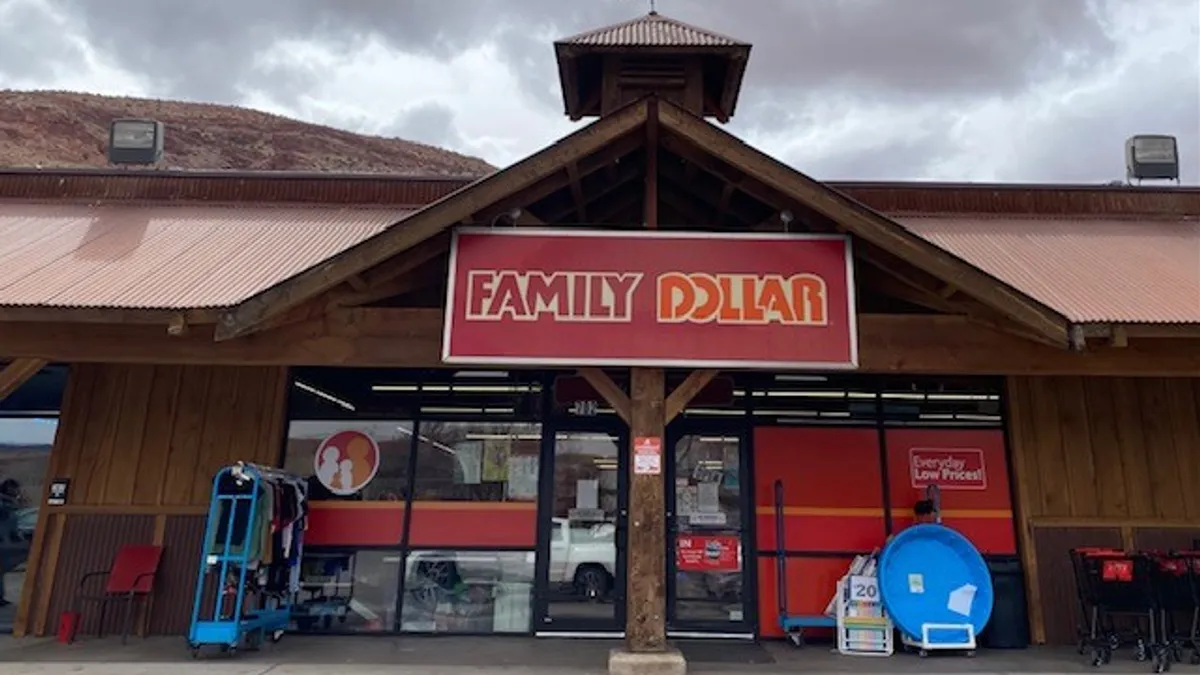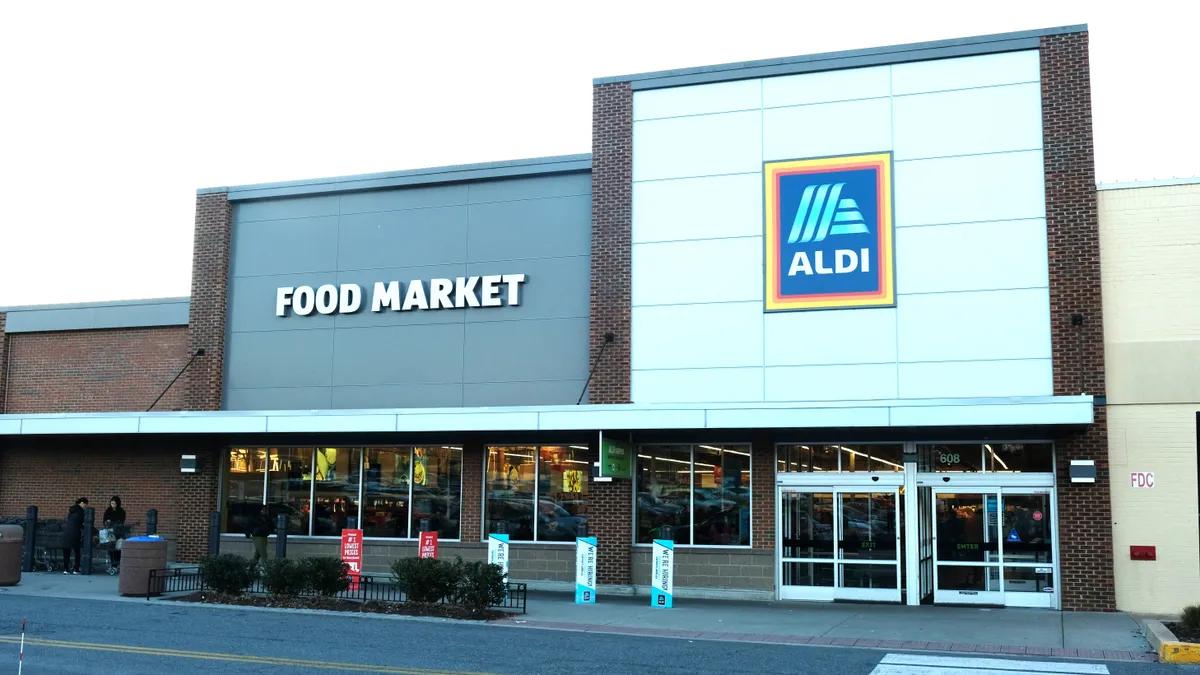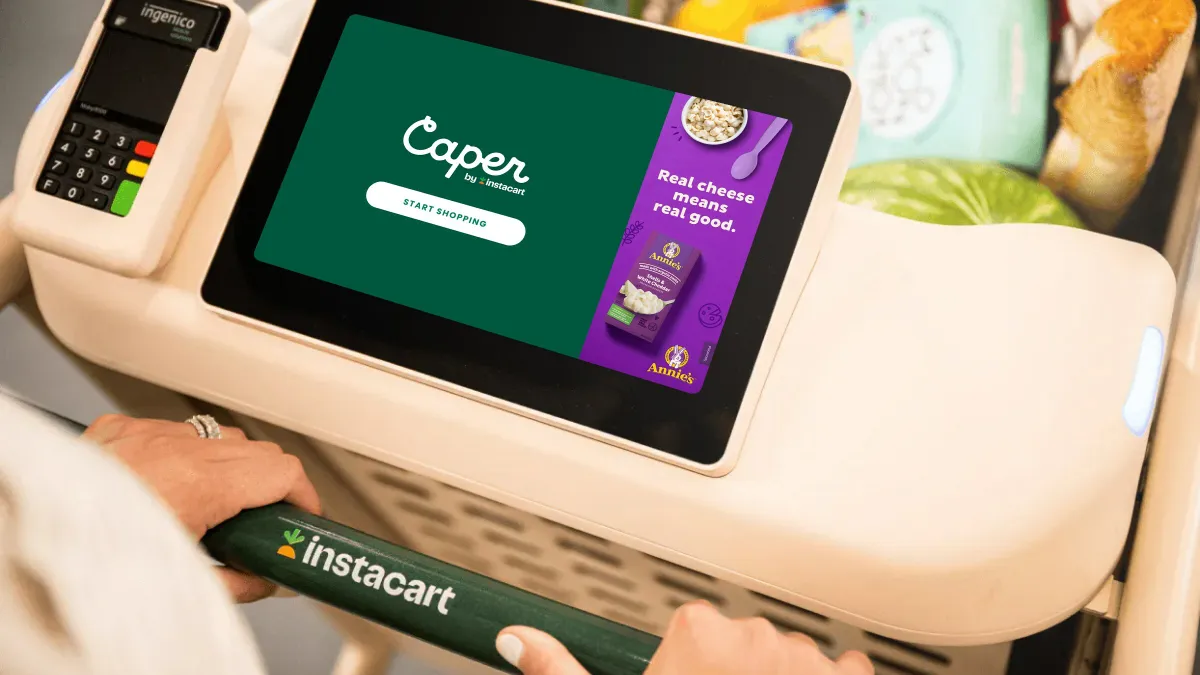Pardon the Disruption is a column that looks at the forces shaping food retail.
Kroger and Albertsons spent a long time and a lot of money trying to merge. But judging from court filings from each company against its counterpart — the latest of which came this week from Kroger — the supermarket mega-merger went south long before the two parties even stepped foot in court.
How early? According to Kroger’s counterclaims to Albertsons’ lawsuit against it, the relationship soured sometime in the middle of 2023, when Albertsons named a new general counsel and became significantly less cooperative with Kroger as it spearheaded the merger strategy.
Albertsons said things fell apart much earlier. According to its lawsuit against Kroger filed in December, Kroger experienced “buyer’s remorse” after seeing its post-pandemic profits fall and the stock market react negatively to the deal announcement. At that point, Albertsons claims Kroger was determined to forge ahead with a deal that met its own interests and disregarded those of Albertsons.
After reading through the amended Albertsons lawsuit, which the grocer updated earlier this year, and Kroger’s countersuit, I’ve come to some conclusions about what went wrong and who shares most of the blame for this deal falling apart. What I’m most struck by, though, is the power struggle that the competing allegations collectively detail. Rather than finding a way to work together, the two supermarket giants allegedly fought for control over a key piece of strategy that ultimately may not have decided the case.
Based on the court filings, Kroger and Albertsons were in agreement on the need to merge and create a supermarket powerhouse. Beyond that, they seemingly disagreed on just about everything.
Kroger takes the lead
Much of the acrimony between Kroger and Albertsons seems to stem from the power structure the two companies established early on in the process.
As both grocers note in their filings, Kroger took the lead position in shaping the deal, while Albertsons occupied the passenger seat but was expected to work closely and cooperatively with Kroger. As Kroger noted in its response, it’s common in a merger like this for the acquiring company to take the lead — yet Albertsons initially said it wanted to take on that top role. Kroger said it rejected this proposal, noting Albertsons’ shaky reputation with the FTC after it overloaded Northwest grocer Haggen with stores as part of its merger with Safeway several years earlier.
Both sides moved forward from this disagreement, but a contentious tone had already been struck.
From this point, the narrative sharply diverges over how each company handled the controversial decision to divest hundreds of stores and other assets to C&S Wholesale Grocers. Kroger claims it met regularly with the FTC to help shape its merger strategy, but said the agency didn’t provide the type of “meaningful feedback” Kroger had received in past mergers.
Nevertheless, the grocer said it carried out its due diligence by vetting numerous buyers and ultimately selecting one that it felt was well capitalized, had an experienced executive team and had been approved by the FTC in the past as a buyer. In September 2023, Kroger announced its plan to sell 413 stores and eight distribution centers to C&S.
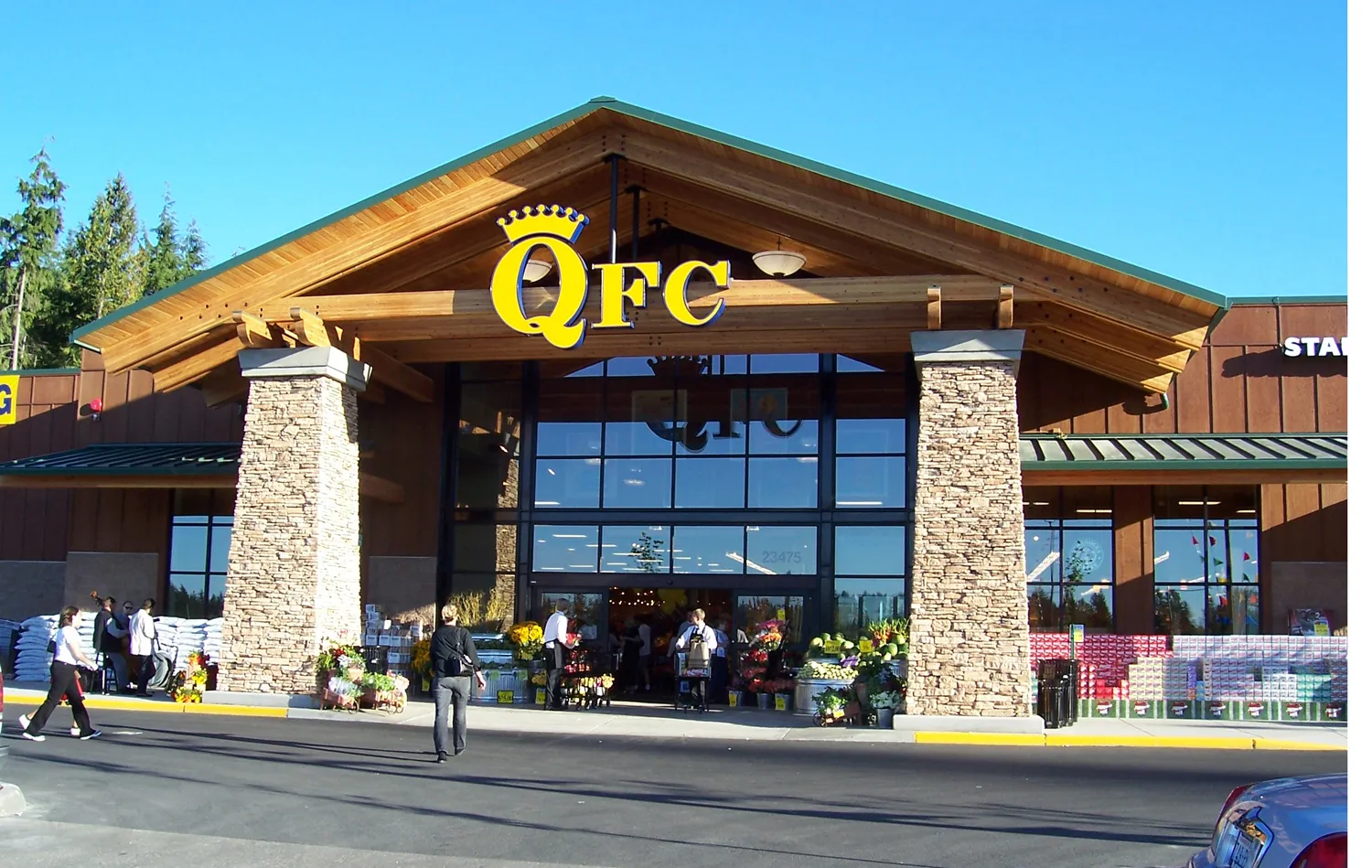
Albertsons, however, claims Kroger dragged its feet on selecting a buyer, kept Albertsons in the dark about its divestment plan and rejected the FTC’s feedback to expand its divestiture package. Albertsons notes in its suit that Kroger told the FTC in December 2022 it would divest 238 stores — an “indefensible” offer that fell well short of the 650 maximum outlined in the merger agreement. Kroger acknowledged making this offer but said it disputed Albertsons’ claim as to what that represented, without offering further details. Last April, facing legal challenges from the FTC and several states, Kroger expanded its divestiture package to C&S to include 579 stores along with more non-store assets.
It’s clear from the court filings that Albertsons disagreed with Kroger’s selection of C&S and felt the supermarket giant didn’t offer enough stores and assets to satisfy the FTC’s concerns over the wholesaler’s ability to compete as a national retailer. Yet as second fiddle in the merger push, there was only so much Albertsons could do.
Albertsons hits back
Or was there? Kroger claims Albertsons pulled a few different levers to get Kroger to sweeten the divestiture pot. In summer 2023, shortly after Albertsons named a new general counsel, the grocer began demanding Kroger offer at or near the 650-store maximum in its divestiture package — an aggressive strategy that Kroger said reflected Albertsons’ desperation to get the deal done and C&S’s desire to expand its acquisition.
“The tone and tenor of cooperation degenerated almost immediately,” Kroger said.
Kroger alleges Albertsons then began coordinating in secret with C&S to promote an expanded divestiture plan to the FTC and other officials. Kroger claims that in late 2023, C&S wrote to the state attorneys general of California and Washington state about this need for more stores and other assets, including Safeway locations, without Kroger’s knowledge. Kroger also alleges that Albertsons executives communicated with their C&S counterparts via personal cellphones and emails in violation of the merger agreement.
In one of the most dramatic portions of Kroger’s filing, the grocer claims it would have called off the merger in late 2023 if it had known about this push by Albertsons to “undermine” its regulatory strategy.
Kroger claims this backchanneling made C&S appear weak to regulators and gave the FTC ammunition to challenge the deal. The grocer also said Albertsons was more focused on putting together its lawsuit blaming Kroger than it was on helping to plan and secure the deal.
Albertsons, meanwhile, claims it did everything it could to support the deal while Kroger halfheartedly pursued a flawed divestment strategy. In its amended lawsuit filed earlier this month, Albertsons said that last September it offered to chip in around $800 million to support Kroger if it agreed to increase its divestiture assets. Kroger didn’t respond to the offer, according to Albertsons’ suit.
Even the way the merger ended is a point of contention for the two supermarket chains. Just one day after the court rulings came down blocking the deal, Albertsons officially terminated the merger deal and announced its lawsuit against Kroger. But Kroger claims that it was planning to appeal the decisions and felt that the appeals process could have bought time until a more merger-friendly Trump administration took office and negotiated a resolution.
“Kroger also had a pending lawsuit challenging the constitutionality of the FTC’s administrative proceeding seeking to permanently enjoin the merger, which likewise could have acted as settlement leverage with the new administration,” Kroger stated in its counterclaims.
Both companies have accused each other of failing to uphold the merger agreement, and billions of dollars are on the line.
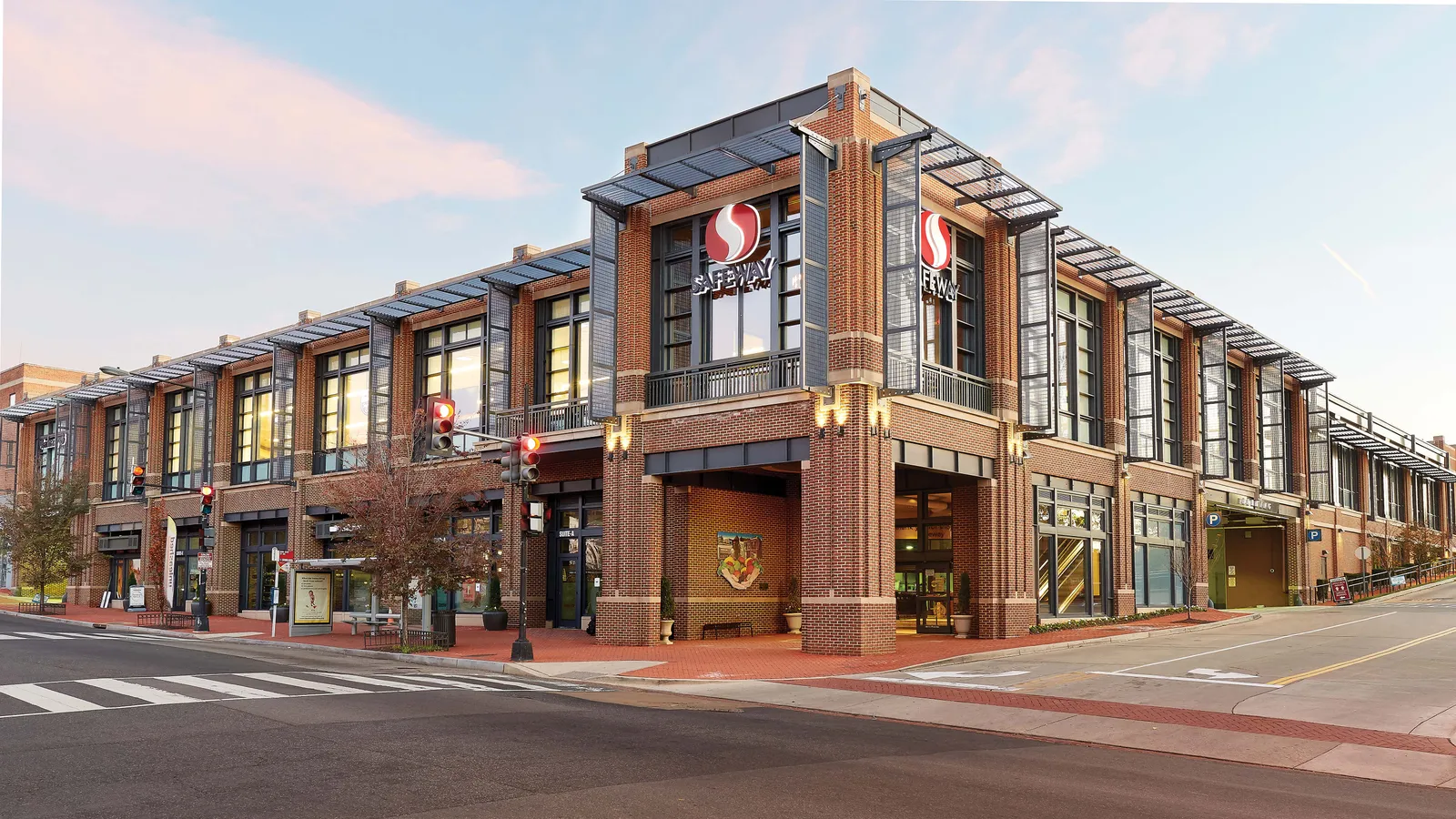
Different companies, different motivations
Although it’s gripping to read the accounts of two industry giants struggling for power in an ill-fated deal, it’s also not totally surprising that things ended up this way, given the very different positions the two companies are in and what’s motivating them.
Albertsons, as its lawyers admitted in court, isn’t set up to compete long-term in the ruthlessly competitive grocery industry and is looking for an offramp. It needed this deal more than Kroger, which has a sprawling network of alternative profit streams in addition to its more than 2,700 stores.
Kroger, it seems, wanted to get the deal done but didn’t want to give away more stores than it absolutely had to. It needs to be able to compete in the years ahead, and grocery real estate in key markets is very valuable and not easy to obtain.
Bridging those two vastly different interests in addition to navigating the complex regulatory environment, was always going to be challenging. And it’s impossible for me to say which company is responsible for the merger falling through — and which might prevail in the ensuing legal drama.
But I will point out two things. First, C&S was a highly flawed choice to run hundreds of divested stores from Kroger and Albertsons. It’s a wholesaler with scant retail experience that lawyers easily characterized as ill-equipped to compete on a national scale and interested mainly in selling off stores.
Yet Kroger’s filing makes it sound as if the grocer was unaware of any risks that came with selecting C&S, going so far as to claim the idea that the wholesaler needed more stores and assets than what its original divestiture package contained was a “charade.” I find that very hard to believe. Ditto for Kroger’s claim that Albertsons and C&S’s secret communications poisoned the FTC against the wholesaler. I think the agency could clearly see C&S’s weaknesses on its own.
Second, it seems likely that the Kroger-Albertsons merger would have been struck down even if Kroger had come up with an acceptable divestiture treatment. Both judges accepted the argument that traditional supermarkets were the relevant antitrust market in the cases, meaning that “thousands of markets nationwide were presumptively unlawful even with the Parties’ 579-store divestiture package,” Kroger noted.
Kroger and Albertsons’ reason for combining — that they needed to scale up to stay competitive in a large, fragmented market where Amazon, Walmart and Costco have become dominant — didn’t hold up in court. And now the companies are squabbling over who’s to blame for the merger failing.
It is truly an ignominious end to a deal that once transfixed the industry.



